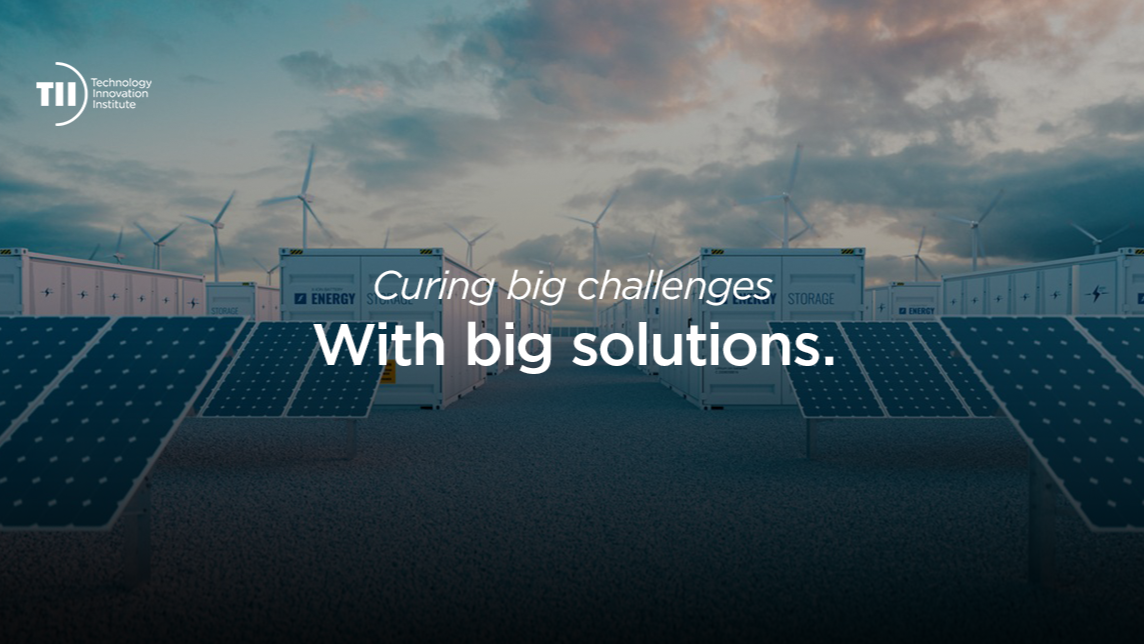Ask any expert in renewables, or anyone keen to resist the shift towards renewable energy, and they’ll point to the same issue: variability.
It’s true that one of the biggest challenges with wind, solar and other renewable technologies is that the amount of energy generated isn’t constant. In fact, it’s become such a defining feature that it now has its own acronym: Variable Renewable Energy (VRE). It’s a fundamental property of VRE that when we rely on Mother Nature, she gets to decide when she delivers, and when she doesn’t.
But here’s the thing: once installed, renewable energy source is extremely low-cost.
The variable costs of ‘fuel’ in renewables is essentially zero, and all we have to cover is maintenance and repair costs to keep the energy capture device in top condition. That means that, if the capital costs and installation costs are low, and the units are installed in favourable locations, then the cost of renewables can beat traditional fuel-based options easily – and nowadays they routinely do.
So, with VRE, we move from a “the variable cost of fuel is killing me” scenario as we have with fossil fuel-based generators, to a question of “if only I could handle nature’s unpredictability.” And suppose we can solve that problem, by decoupling generation from the natural ups and downs, then most of the remaining arguments against the move to renewable energy diminish very significantly indeed.
The most viable answer? Batteries.
Whilst other technologies, such as pumped hydro of course play a part, especially for long-term or inter-seasonal situations, batteries have significant potential. Whilst they have limitations, predominantly cost and energy density, they also have strengths, predominantly the speed of response they offer, which means they can provide useful additional grid services.
What we need is to scale that grid battery market swiftly so that grid level power storage can become cheap and ubiquitous. The market has been headed that way relentlessly over the last few years as battery costs have reduced precipitously, but we have room to go much further.
Recently, we saw the scale of renewably coupled batteries take a giant leap forward.
Announced previously this year, Masdar broke ground on a gargantuan project that will install 5.2GW of solar capacity with a co-located 19GWh of battery storage.
Just think about what that does.
We take a huge VRE power plant, solar PV in this circumstance, and run the produced power onto the grid or into what is effectively a giant Uninterruptible Power Supply (UPS). That turns the whole VRE plant into a base load power producer, one that can deliver a consistent and reliable supply of electricity, regardless of fluctuations in sunlight or demand, and cures the variable nature of that solar farm in one fell swoop.
It also means that curtailment of the VRE drops very significantly, as if the grid doesn’t need the energy at any specific time, then the battery is of sufficient scale to absorb all that unwanted power.
Curtailment varies around the world (averaging USA 12%, Spain 10%, Australia 10%, India 5%) but where it is higher the payback economics of including batteries becomes very compelling. This type of design at this scale also encourages the default utilization of the VRE as it can now be relied upon to a much higher degree by power procurers and can therefore serve to discourage legacy or habit based decision making that benefits fossil fuels.
Large scale batteries can also provide grid balancing services, which otherwise would need significant investments in new generation or support infrastructure. So, the renewable energy asset works harder, we avoid costs of other balancing infrastructure, we lower the grid carbon emissions, and we make renewable energy investment much more flexible, sustainable and financially attractive.
I’d say that feels like a winner, let’s do more of that.
What we’re seeing here is a turning point in the evolution of scale in VRE+ storage, one that will set a global benchmark for the future. It is a mammoth scale endeavor that will see the removal of the ‘V’ from Variable Renewable Energy (VRE).
Despite pressures on the rollout of climate friendly energy happening in many locations around the world, it is refreshing to see companies like Masdar remaining focused on their contributions to sustainability and moving forward with scale defying projects such as this.
Let’s hope this is the first of many, and that others are ready to follow fast.
If you want to know more about the world’s first gigascale round-the-clock renewable energy project, follow this link: https://www.linkedin.com/feed/update/urn:li:activity:7387213467436408832


